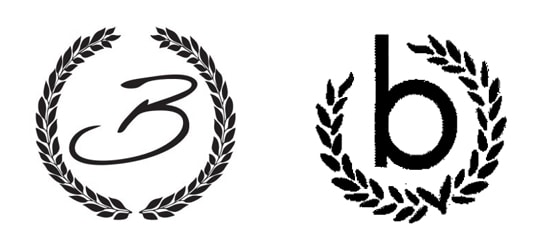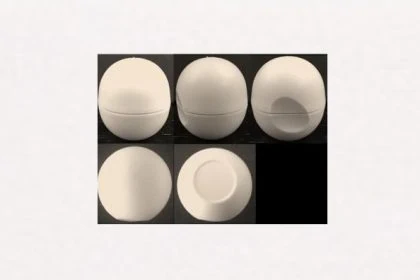Despite a high degree of visual and conceptual similarity between the two figurative marks ‘B’, the CFI held that there was no likelihood of confusion for leather goods in Nice class 18. Distribution and uses must be taken into account in the examination – and graphic stylisation is not distinctive.
The present case concerned the likelihood of confusion between two figurative marks ‘B’, both showing a ‘B’ in stylised form and claiming protection for the goods ‘leather and imitations of leather’ in Nice Class 18. The proprietor of the earlier international figurative mark is bugatti GmbH (Germany), the proprietor of the later mark in dispute and the applicant before the CFI is Dan-Gabriel Pavel (Romania). Before the Board of Appeal, the likelihood of confusion between the signs was confirmed. Mr Pavel then challenged the Board of Appeal’s assessment of the likelihood of confusion and even claimed that the Board of Appeal had misused its discretion.

The European Court (CJEU) therefore examined the existence of a likelihood of confusion. As a first step, the CJEU confirmed the Board of Appeal’s assessment of the degree of attention of the relevant public. According to the case-law, the assessment of the likelihood of confusion must take into account the public which has the least degree of attention, the Court explained.
Graphic stylisation is not distinctive
Moreover, the Court held that the graphic stylisation of the two figurative marks ‘B’ could not be regarded as the distinctive or dominant element of those signs. Furthermore, both signs show, with the representation of a leaf crown or laurel wreath, a figurative element commonly used as a laudatory sign, which in the present case corresponds to one of the simplest stylisations and is therefore not particularly distinctive.
It was therefore correctly held that the two figurative marks ‘B’ did not contain any dominant elements.
Visually and conceptually similar or identical
The applicant also submits that an average degree of visual similarity was rightly found. Although there are stylistic differences, they are of little importance compared with the similarities, the CJEU held. Conceptually, the two signs are identical, because if two signs refer to the same letter of the alphabet, there can be conceptual identity between signs. And in the present case, both figurative marks ‘B’ refer to the idea of a frequently used decoration of honour by the presence of a laurel wreath.
Distribution channels and uses
Nor is there any competitive relationship between the goods claimed in each case, since the goods ‘leather and imitations of leather’ covered by the later mark are semi-finished goods and are aimed primarily at a specialist public. By contrast, the ‘goods made of leather or imitation leather’ in Class 18 covered by the earlier mark are intended for sale to end consumers.
The Board of Appeal was therefore wrong to consider that the semi-finished goods ‘leather and imitations of leather’ in Class 18 covered by the contested mark could be included in the finished goods ‘goods made of leather and imitations of leather’ in Class 18 covered by the earlier mark.
Moreover, it follows from the case-law cited that the mere finding that one product may be used in the manufacture of another is not sufficient to establish similarity.
Accordingly, the applicant’s first plea, alleging infringement of Article 60(1)(a) in conjunction with Article 8(1)(b) of Regulation No 2017/1001, must be upheld in part, the Court held, in so far as the Board of Appeal wrongly found that there was a likelihood of confusion in respect of the goods ‘leather and imitations of leather; animal skins and hides’ in Class 18 covered by the contested mark.
No misuse of discretion by the Board of Appeal
In addition, by a second plea, the applicant essentially alleges misuse of powers by the Board of Appeal under Article 72(2) of Regulation No 2017/1001, in that the Board of Appeal misused its power by finding that the signs at issue, taken as a whole, were highly similar even though several hundred marks consisting of an identical word element coexisted on the EU market.
The CJEU rejected that plea and recalled that there was a misuse of powers only where a decision appears to have been taken on the basis of objective, relevant and consistent factors with the aim of achieving an objective other than that stated. However, that is in no way the case here. The CJEU held that the Board of Appeal had carried out a global and specific assessment of the likelihood of confusion.
The decision of the Board of Appeal of 14 December 2018 (Joined Cases R 49/2018-1 and R 85/2018-1) is therefore annulled by today’s judgment (EU:T:2020:286) insofar as it concerns the goods “Leather and imitations of leather; animal skins” in Nice Class 18, the European Court ruled and dismissed the remainder of the action.
Do you also want to protect your trademark or brand name?
Our attorneys will be pleased to advise you. Please contact us if you are interested – we look forward to your call!
Sources:
Judgement of CJEU, EU:T:2020:286
Image:








Leave a Reply